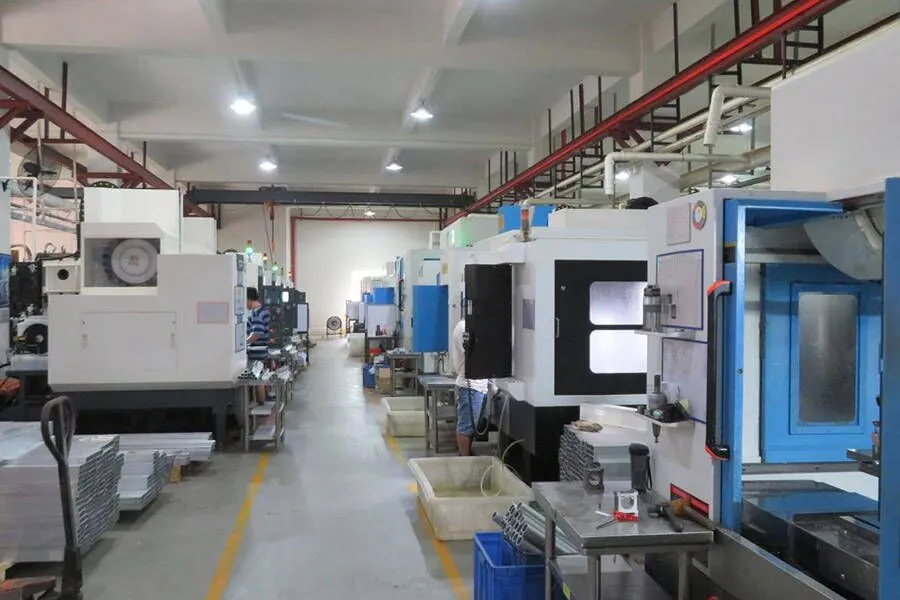CNC machining plays a crucial role in the production of aerospace components in China, contributing to the manufacturing of various parts and structures used in aircraft and space vehicles. Aerospace CNC machining involves the use of computer-controlled machines to create highly precise and complex components that meet the stringent requirements of the aerospace industry. Here are some key points related to CNC machining for aerospace components in China:
Precision and Complexity: Aerospace components demand exceptional precision and intricate designs to ensure safety and optimal performance. CNC machining provides the accuracy required to manufacture parts with tight tolerances, intricate geometries, and complex shapes, which are common in aerospace applications.
Materials Diversity: CNC machining for aerospace involves working with a wide range of materials, including aluminum, titanium, stainless steel, high-temperature alloys, composites, and more. These materials offer the necessary strength-to-weight ratios and other properties crucial for aerospace components.
Engine Components: CNC machining is used to produce various engine components, such as turbine blades, compressor blades, combustion chambers, and engine housings. These components are subject to extreme temperatures, pressures, and mechanical stresses, necessitating high precision and material integrity.
Structural Parts: Aerospace structural parts, including fuselage sections, wing components, and landing gear parts, are manufactured using CNC machining. These parts must meet stringent weight and strength requirements while maintaining structural integrity.
Avionics and Instrumentation: CNC machining is also used to create avionics enclosures, instrument panels, and other components related to aircraft instrumentation and control systems. These components require precise machining to ensure accurate measurement and control.
Prototyping and Tooling: CNC machining is employed in the production of prototypes and tooling for aerospace components. Prototyping allows for design validation and testing before mass production, while CNC-machined tooling ensures consistent and accurate manufacturing processes.
Quality Control and Certification: The aerospace industry is subject to rigorous quality control and certification standards. CNC machining processes need to adhere to these standards to ensure the final components meet safety and regulatory requirements.
Supply Chain Integration: Many aerospace manufacturers in China work closely with global aerospace companies and suppliers. CNC machining facilities in China often collaborate with international partners to ensure a seamless supply chain for aerospace components.
Research and Innovation: CNC machining for aerospace in China involves ongoing research and innovation to improve manufacturing processes, reduce costs, and enhance component performance. Advancements in CNC technology, tooling, and materials contribute to the continuous improvement of aerospace manufacturing.
Global Competitiveness: China’s aerospace industry has been rapidly developing and gaining global competitiveness. CNC machining plays a pivotal role in supporting this growth by providing the necessary capabilities for high-quality aerospace component manufacturing.
Overall, CNC machining for aerospace components in China contributes to the country’s position as a key player in the global aerospace industry. The precision, versatility, and reliability of CNC machining processes make it an essential technology for producing critical parts that meet the demanding requirements of modern aircraft and space vehicles.

